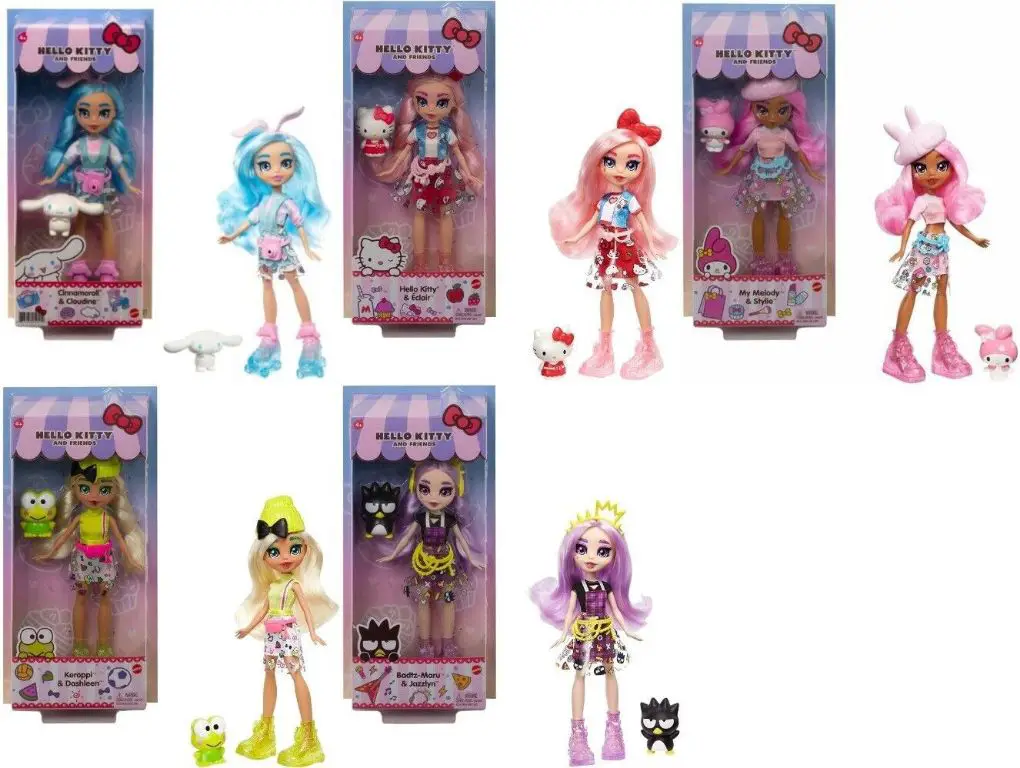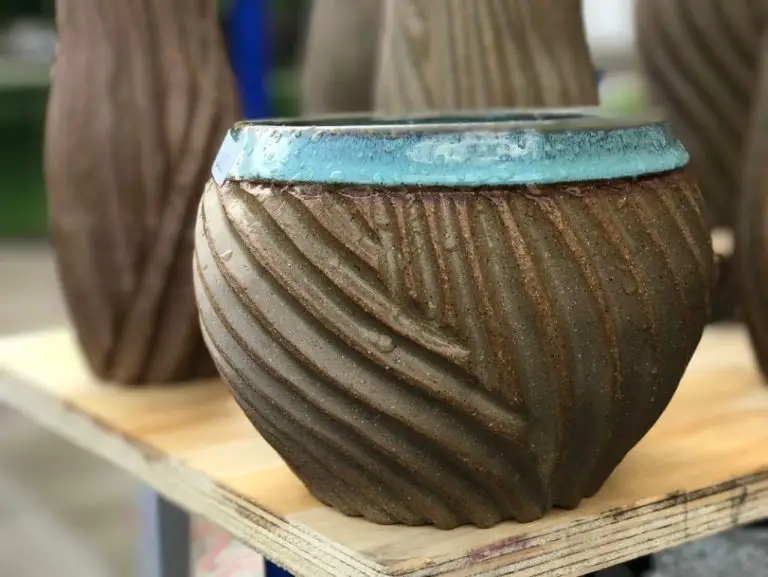What Does Hello Kitty Symbolize?
Hello Kitty is an iconic character that was first created in 1974 by the Japanese company Sanrio. The cartoon image of a white cat with a red bow has since become a global phenomenon, appearing on a vast array of products from toys to clothes to accessories.
According to the History of Hello Kitty, Hello Kitty made her first appearance in 1975 when she was featured on a small coin purse in Japan.(1) Even in her earliest days, the character struck a chord and sales of Hello Kitty products took off in Japan. Over the next few decades, Hello Kitty’s popularity steadily grew and expanded beyond Japan to achieve international fame.
But Hello Kitty is more than just a cute cartoon cat. She has come to symbolize concepts like friendship, happiness, nostalgia, and kawaii (cuteness). Her image resonates across cultures and generations. This article will explore the meanings behind Hello Kitty and what has made her so enduringly popular over the past 50 years.
Kawaii Culture
Kawaii is a prominent aspect of Japanese popular culture. The word “kawaii” is derived from the Japanese phrase meaning “lovable” or “cute.” Kawaii culture celebrates cuteness, innocence, and playfulness.[1] It emerged in Japan in the 1970s as part of teenagers’ cute handwriting and became popular across various media like manga, anime, video games, toys, and fashion.[2]
Kawaii focuses on childlike traits and produces happiness. Japanese pop culture expert Sharon Kinsella states that “kawaii culture is about happiness – being in harmony with others, becoming happy and fulfilled person.”[3] Cuteness can signify pureness, vulnerability, and youthfulness. In Japan, kawaii culture encourages a sense of happiness, connectivity, and joyfulness.[1]
Genderless Icon
While Hello Kitty has traditionally been marketed towards young girls, one of the interesting aspects of her appeal is that the character has no assigned gender according to Sanrio, the company that created Hello Kitty. Sanrio has maintained that Hello Kitty is neither a cat nor a human, but rather a cartoon character who can represent different personalities and meanings to different people.
The genderless nature of Hello Kitty has contributed to the character’s broad pop culture appeal. With no defined gender roles or norms attached to the character, Hello Kitty has been embraced by fans of all ages and backgrounds. The simplistic design and blank slate personality allows fans to project their own experiences and interpretations onto the character.
Some cultural theorists argue that Hello Kitty’s gender ambiguity and neotenic design have helped drive the character’s popularity globally. By avoiding gender stereotypes and cultural norms, Hello Kitty can appeal to diverse global audiences.
Originally targeted at pre-adolescent females, Hello Kitty’s gender-neutrality has expanded the fanbase far beyond just young girls. The genderless icon has developed a cult following among adolescents, young adults, men, and broader pop culture. Hello Kitty retains universal appeal regardless of language, culture, age or gender.
Friendship
One of the core messages that Hello Kitty promotes is friendship and inclusion. The beloved character often conveys messages about the importance of friendship, such as “You can never have too many friends” (Pinterest, n.d.). Hello Kitty herself is designed to be friendly and approachable, with her simple facial features and cute accessories inviting others to become her friend. She promotes an inclusive attitude, welcoming everyone regardless of differences.
Many Hello Kitty products feature images or quotes about friendship, emphasizing the value the brand places on having positive connections with others. Hello Kitty sends the message that friendship should be open and welcoming to all. Her world is one where outcasts or those who feel different can find acceptance. The kawaii character’s emphasis on unconditional friendship has contributed to her global appeal across diverse cultures.
Happiness
Hello Kitty is often depicted as smiling, bubbly and full of positivity. Her goal is to spread joy, cheer and optimism. Many of her quotes and images aim to uplift people’s moods with messages of friendship, fun and happiness. As described on one fan site, “Hello Kitty thinks her daddy is very special. He’s funny, clever, brave and kind” (source). Her persona focuses on making people smile, whether through cute products, uplifting quotes or just her cheerful image.
Hello Kitty’s design emphasizes her role as an ambassador of happiness. Her simple, round shape gives her an approachable and cute aesthetic. Her signature bow and lack of a mouth ensure she is always smiling. She aims to spread joy and positivity wherever she goes.

Consumerism
Hello Kitty’s massive popularity and commercial success made her an icon of consumerism and materialism. Though originally just a cute cartoon cat, Hello Kitty became a global brand worth billions of dollars (The Runner). The brand expanded to include everything from school supplies to high-end fashion accessories. Fans express their love for Hello Kitty by purchasing branded merchandise. This consumerism and obsession with goods featuring Hello Kitty has been criticized as materialistic (McVeigh). However, the brand’s continued success shows that for many fans, buying Hello Kitty products represents happiness, friendship, and nostalgia.
Nostalgia
Hello Kitty triggers feelings of nostalgia for many adults who grew up with the character in the 1980s and 1990s. On Reddit, users reminisce about how Hello Kitty merchandise seemed to be everywhere when they were kids (source). From lunch boxes to notebooks to toys, Hello Kitty products could be found in many homes and schools.
On Pinterest, fans share images of vintage Hello Kitty items like sticker books, dolls, and cassette tapes, highlighting the nostalgia people feel for the classic brand (source). For those who grew up in the peak of Hello Kitty’s popularity, seeing the iconic white cat face and red bow triggers warm memories and feelings of childhood innocence.
Femininity
Since her inception in 1974, Hello Kitty has become a symbol of traditional femininity. Her all-pink aesthetic, cute appearance and accessories like ribbons and jewelry embody stereotypical feminine attributes 1. She is portrayed as gentle, kind and nurturing, which are considered classically female traits. According to scholar Emily Cheung, Hello Kitty represents “female strength and power” through her hyper-feminine identity 2. Elements like her signature red bow and the color pink reinforce traditional gender roles. Hello Kitty’s personality of being adorable and caring also align with expectations for how girls should behave. While some view this as perpetuating outdated gender stereotypes, others see her exaggerated femininity as a positive representation of women. Ultimately, Hello Kitty’s embodiment of traditional feminine qualities has contributed greatly to her global appeal over decades.
Cuteness
Hello Kitty exemplifies the aesthetic of cuteness known as “kawaii” in Japanese culture. With her cartoonish proportions, rounded features, and childlike accessories, Hello Kitty embodies the kawaii qualities of innocence, sweetness, and vulnerability (Ngai, 2016). In Japan, cuteness became a prominent part of popular culture after World War II as a reaction against the destruction and loss caused by war. Hello Kitty emerged in 1974 as part of this growing obsession with cute childlike characters in Japan (Sato, 2009).
The exaggerated passiveness of Hello Kitty is central to her cuteness and wide appeal. Her simplicity allows her to be constantly remade and rebranded, with over 50,000 products bearing her image, to appeal to new generations of consumers. At the same time, Hello Kitty’s blank expression means she lacks any complexity or association with adult experiences like romance or sexuality (Ngai, 2016). This one-dimensional innocence is precisely what makes her a globally recognizable icon of cuteness.
Conclusion
In summary, Hello Kitty has come to symbolize several cultural concepts over the decades since her creation. As an icon of kawaii culture, she represents cuteness and innocence. Her genderless design allows her to appeal to all genders and act as a blank canvas for whatever personality people project onto her. Hello Kitty has been embraced as a symbol of friendship and happiness, with her image conveying good vibes. She is also closely tied to consumerism and nostalgia, having been plastered on a myriad of licensed products since the 1970s that evoke fond childhood memories for generations of fans. While some view her bow and pink color scheme as representing traditional femininity, she has ultimately transcended gender norms to become a worldwide pop culture phenomenon.



